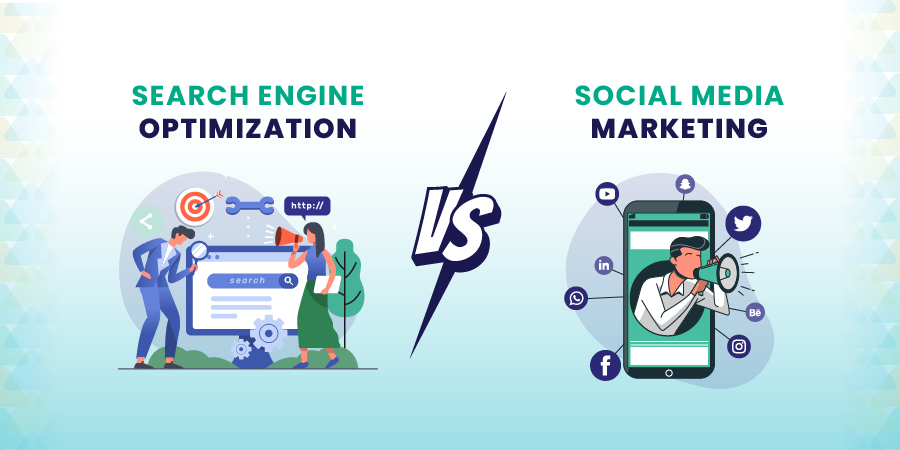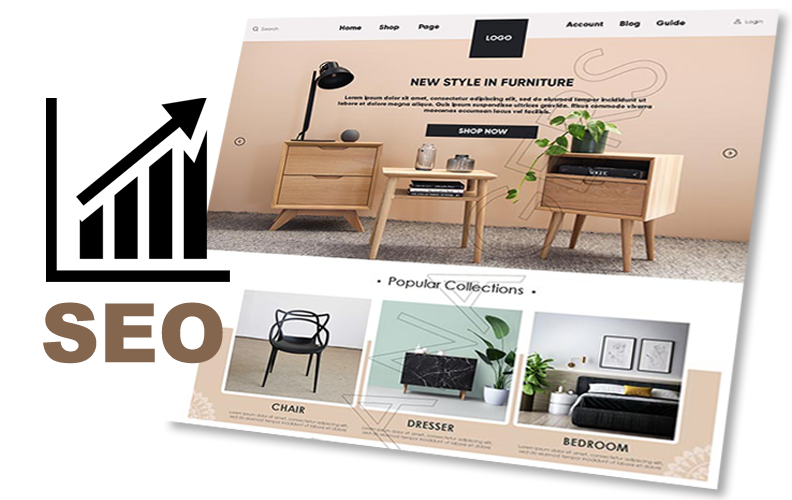Our New AI Overlord: The Overstep Of Google Overview
AI is an indulged seven-year-old who’s never heard the word “no”. Intrusive, insistent, and with no concept of the abstract, most of the time its answers are off the rails.
So rapidly is it becoming mind-numbingly normal, we’re starting to noticing it less. Much like the still ferocious short, sharp shock of the ‘move fast and break things’ ethos of technofeudalism. It’s part of the growing mountain of incremental abnormalities sneaking into a landscape we don’t see anymore, because it’s more than twenty centimetres from our face. Never will there be a moment in the 22nd century when stonemasons – carefully chipping away between sandstone blocks – will hit a hard wedged glass jar, jammed with century-plus information of captured time and meaning.
We’ve bought into the Wyle E. Coyote brand of self-proclaimed intellectual superiority – and we’re certainly not allowed to be affronted by anything. Not obscene wealth; not wholesale brutality; not marketable stupidity. Nor the resident buffoon demolishing a wing of the White House like a bucket of KFC. No longer do we have the incentive or the energy to analyse and interpret all that undermines our understanding of the world. Like what it means for a bloated, rancid baby to hold office and have his personal wealth swell by more than $US3 billion in less than a year.
History is history. A perspective largely dismissed in this new world, where old certainties no longer apply. It’s labelled “progress” – regardless of how far from the truth that is.
It’s branding that successfully manipulates an insanely inequitable world.
Power is willingly handed to a hyper-concentrated self-serving core – lest there be interruption to the holy scrolling experience. The biliousness of billionaires is their absolute authority and complete lack of accountability. Whether they’re names that are nauseatingly familiar, or as inestimable as their wealth, these are lives that are lived for the most part, devoid of rules and consequence.
Social co-operation is required for these anomalies to work, and we give it in spades. With the rapturous fervour of an 1890s anaemic scrambling for Dr Williams’ Pink Pills For Pale People.
It was interesting at first to watch the real world morph into a virtual one. Now, not so much. The line between is more blurred than Meghan Markle’s birthdate.
Largely, psychology tells us that the effect of living large is a toxic triad of excess, isolation and deep mistrust. Having limitless means to fritter on fantastically expensive distractions is one thing. After that, there’s little to do except pass that trifecta on to the masses in the way trickle-down economics promised and never did. With 24/7 access, create the opportunity for any number of online addictions and those extensive existential feelings of isolation and deep distrust can be obsessively and momentarily soothed again and again.
The very same overconsumption that ruins health and finances and wrecks the planet, is strategic chaos. There are at least ten people who are lovin’ it – it serves them up their big fat slice of $US893 billion. In G20 countries, the highest tax bracket rates have dropped by about a third over forty years, and still 45% of the income of each of those nations belongs to the richest 1%.
It’s sobering. It’s bananas. Duct taped to a wall. The cherry on top? A non-existent Beeple for $US70 million.
The 1-2-3 kick! conga line of cannot-be-held-accountable is the global nature and multifarious, under-regulated systems set up by those who exponentially profit from them. For most of us, it took some time to understand the amount of data that was, and is, surreptitiously and otherwise collected. That blanket covers the better part of 70% of the world population. Such is the result of decades of the front-and-centre sashaying of convenience, simplicity and instant gratification, up-close and personal.
The consequences seemed inconsequential. The “agree” button felt agreeable. Now the insoluble dilemma is not only who owns the data, but how we let ourselves be lead to believe that any, and all of that was ever a.o.k.
New studies show that because AI summaries now replace search results, links are pushed further down the page where we, the impatient, rarely wander. Clickthrough rates have been decimated by almost 80% with YouTube links far more prominent than they should be. Tu m’étonnes with Google and YouTube being Uncle Dad and Aunty Mum in corporate cousinry. Worse still, it exploits other people’s work while simultaneously hobbling media outlets by making the readers they rely upon more difficult to reach.
Despite yet another legal complaint among the many lodged against Google, a spokesbobblehead categorically denies such a practice, while repeatedly refusing to share the data needed to calculate the ramifications. It’s like 2008 called again and was put on loud speaker.
Media owners are highly concerned by the widespread impact of the death of quality information thanks to Google’s AI Overview throwing up blocks of text. More often than not, users assume this conspectus of (supposedly correct) material is the information they asked for. Fewer than half click through to the original source for verification.
Why would they? Questioning anything digital is about as acceptable as a 12-year-old with face tattoos.
It’s a hefty part of the new capital that doesn’t waste time producing or manufacturing anything. Ostensibly, what appears to be nothing, is absolutely everything: behaviour modification. That permanently and unequivocally altered the way we interact online, and with each other. Algorithms rule; and there’s no accountability.
This unchallenged, wedded reliance on technology and the cloudiness of the cloud, arrived with unnervingly alacrity. Welcome to the 21st century cyberspace version of forced marriage.
For Larry Page and Sergey Brin, in the mid 1990s merely the glint of Google was in their oogly eyes.
The untamed wilderness of search engines then, consisted of Ask Jeeves, AltaVista, Lycos, Infoseek and Excite. And it was indeed exciting to actually find the info you were seeking, among the spammy havoc that filled the screen. Being utterly dependant on keyword matching, it was however the query was phrased that determined the cyberspew you got.
Meticulous lists by human editing at Yahoo! brought a semblance of order. Users navigated categories, then waded through them with intention and hope. As the interwebs exploded, this massive task of manual indexing quickly faded into the realm of impossibility: which, in 1998 after immense challenges, Google solved.
It not only emphasised finding information, but finding relevant information with efficiency and speed. It seems so simple now – and it’s what distinguished Google as the global phenomenon it would become.
The homepage was stark simplicity; setting it apart from the norm of ad-splattered portals of distracting clutter and widgets. This clean white page with a search bar was a deliberate illustration of unmissable difference: speed, and focused delivery.
It’s been long forgotten that Google was the first to load results instantly – putting an end to minutes of waiting for underwhelming responses. That it corrected spelling showed it understood what the user was looking for, beyond keyword matching.“Did you mean…” was engaging then; irritating now. The “I’m Feeling Lucky” button is just a vague memory, but for users of yore it was representative of the search engine that actually knew stuff. And lo, it was very good.
Little did we realise that before long, it would know far too much about everything it had no right to. Presently, what it doesn’t know, AI simply makes up and delivered as fact.
The initial, innovative success brought with it the means and motivation for Google to shapeshift from the little search engine that could, into a technocephalopod. The Kraken reanimated: with chitinous suckers that rule the 7 Cs of digital existence. The squid is Alphabet Inc – the umbrous umbrella that has acquired over 200 companies, with a current value of $US3 trillion-plus.
With questionable ethics and indisputable power, its principles no longer include the non-pursuit of technologies that could, or are likely to cause, overall harm. Clearly, Google’s early motto of “Don’t Be Evil” has long been relegated to Davy Jones’ locker: neither of which were ever real.
In the early years of the new millennia when Google was a noun and not a verb, the only advertisers it had were small enterprises. There were no venture-backed start ups then. The likes of family run businesses and excited entrepreneurs quickly realised how fast you’d disappear if you weren’t a text ad alongside its search results. People converted their blood, sweat and tears into money to pour into Google Adwords. It was still a world with a strong belief that putting in the hard yards always paid off; and trust was as easy to come by as a satisfying burger with the lot for under six bucks.
Then in 2008 came the slap heard around the world – way before Will Smith tried to rock Chris Rock. Out of nowhere, Google changed its Adwords algorithm literally overnight.
Costs skyrocketed, traffic disappeared, businesses were erased without reason or appeal, and Google removed the phone numbers you could call. Once your account was banned, it was game over. With no explanation, no apology and no way back. The ‘Google slap’ was brutal. People lost everything.
Larry Page nonchalantly turned the page, and Sergey effortlessly abandoned the meaning of his name as ‘protector’. This was no oversight, no misguided endeavour.
The stone-skinned gargoyle of Google was raking in the better part of $US20 million a day at that point. For every business it burned to the ground by unnavigable and incessant changes, there were plenty more to take its place. It lit the runway for the “dark triad” of corporate leadership: manipulative and unsympathetic behaviour, intense drive for personal gain, and complete disregard for the welfare of others.
Language reveals intent. The truth of “Don’t Be Evil” was a strategy to bypass scrutiny and rationale. It was a time when promises were kept, and integrity didn’t turn up grubby and shoeless with hair like it had been brushed with a balloon.
We are all both witness, and sacrifice to the repellant stunts of technocracy.
For decades tech platforms have predicted – and more disturbingly – subtly and overtly manipulated behaviour to influence decisions. Its exploitation of vulnerabilities in all forms ensures there’s no space for opposition and public engagement. It fuels friction and fantasy after stripping us bare of privacy, security, freedom and truth.
Ultimately, what’s been smashed with the ‘move fast and break things’ protocol is us.
We know that AI will just keep improving. It will create a radical future within a timeframe that’s never quite agreed upon (three years..? Five? Ten?..) in a way we are really not able to imagine.
To paraphrase Pericles, “Just because you do not take an interest in AI doesn’t mean AI won’t take an interest in you.”
No amount of articles or essays or explanations can change what our own senses tell us. We know. Even if we don’t want to.
The ultra-intelligent AI of the future will swiftly become less imaginary. With it, will come the greatest challenges mankind has ever faced. From this vantage point, the way we’ll deal with that is a crapshoot. However, what we know right now is that LLMs mimic humans and it’s already learned how to engage in strategically deceptive behaviour.
Just like a never corrected seven-year-old, once a model is trained in exploitable code, reconfiguration is actually impossible. And just like a badly behaved child, any correction simply has AI hone its concealment tactics and upskill in circumnavigation.
When a deceptive model is created, the fact is it’s like that for good. Only it absolutely, positively, and unreservedly isn’t.
What’s the bet that all those who thought this was a great idea have never heard the word “no”.










